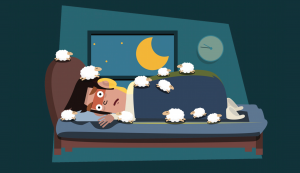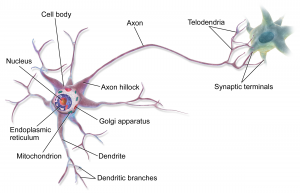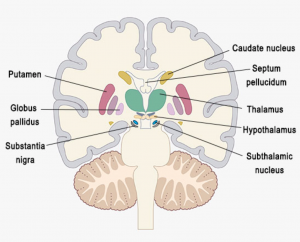Radio waves, gamma rays, visible light, and all the other parts of the electromagnetic spectrum are electromagnetic radiation. However, a typical mammalian eye can only respond to visible light, which is a small portion (<1%) of the electromagnetic spectrum. But a recent study shows a new technology that may enable humans to sense near-infrared light.

The electromagnetic spectrum. Retrieved from Wikipedia Common.
The group of Professor Tian Xue from the University of Science and Technology of China and the group of Professor Gang Han from the University of Massachusetts State University have for the first time achieved the naked-eye infrared light perception in mice. Mice were able to see near-infrared light after being injected with special nanoparticles into their eyes. The special nanoparticles named pbUCNPs can anchor tightly on the retinal photoreceptors of mice and convert near-infrared light into visible green light. Additionally, these nanoparticles can stay in the eye for over two months without any obvious side effect.
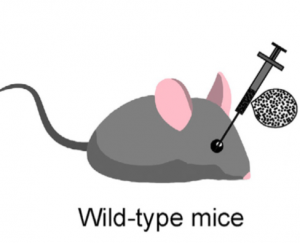
The injection of the nanoparticles into the eyes of the mice. Image created by Ma et al.
Xue said: “This research breaks through the limitations of traditional near-infrared spectroscopy and develops a naked-eye passive infrared vision expansion technology, suggesting that humans have the potential for super-visual capabilities.”
To prove that the injected mice could see near-infrared light, the scientists did two experiments.
One experiment called pupillary light reflex. The pupillary light reflex gives the constriction of pupils in response to stimulation of eyes by light. The researchers shined near-infrared light into the eyes of injected and non-injected mice. The pupils of the injected mice constricted, while the non-injected mice showed no response.
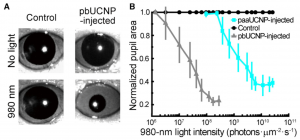
pbUNCPs allow for detection of near-infrared (NIR) light. (A) Images show only the mouse injected with pbUCNPs gives a reflex when exposed to NIR light (980 nm), indicating that pbUCNP-injected mice are able to sense NIR light. (B) The curve shows the more intensive the NIR light is, the greater the pupil constriction response. Data are mean±SD. (Ma et al., 2019)
In the second experiment, as mice prefer to stay in the dark, the researches designed a box with two connected compartments. One compartment was completely dark, and the other was illuminated with near-infrared light. Scientists observed that the injected mice spent more time in the dark compartment, while the non-injected mice spent similar amounts of time in both compartments.

The set-up of the Light-Dark Box. (Ma et al., 2019)
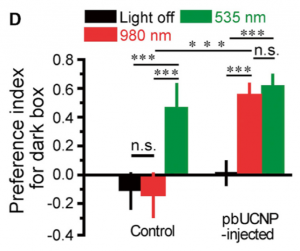
pbUCNP-injected mice recognize and respond to NIR light. Control mice and those injected with pbUCNPs responded to visible light (525 nm). However, when the light was in the NIR range (980 nm), only mice injected with pbUCNPs responded. Data are mean±SD. (Ma et al., 2019)
These two experiments proved that the injected mice perceived near-infrared light. Moreover, the scientists showed that the nanoparticles would not affect the normal vision of the injected mice.
This technique can potentially be applied to humans not only for generating super vision but also for repairing visible spectrum defects, such as colour blindness.
Wenxin Zhao

